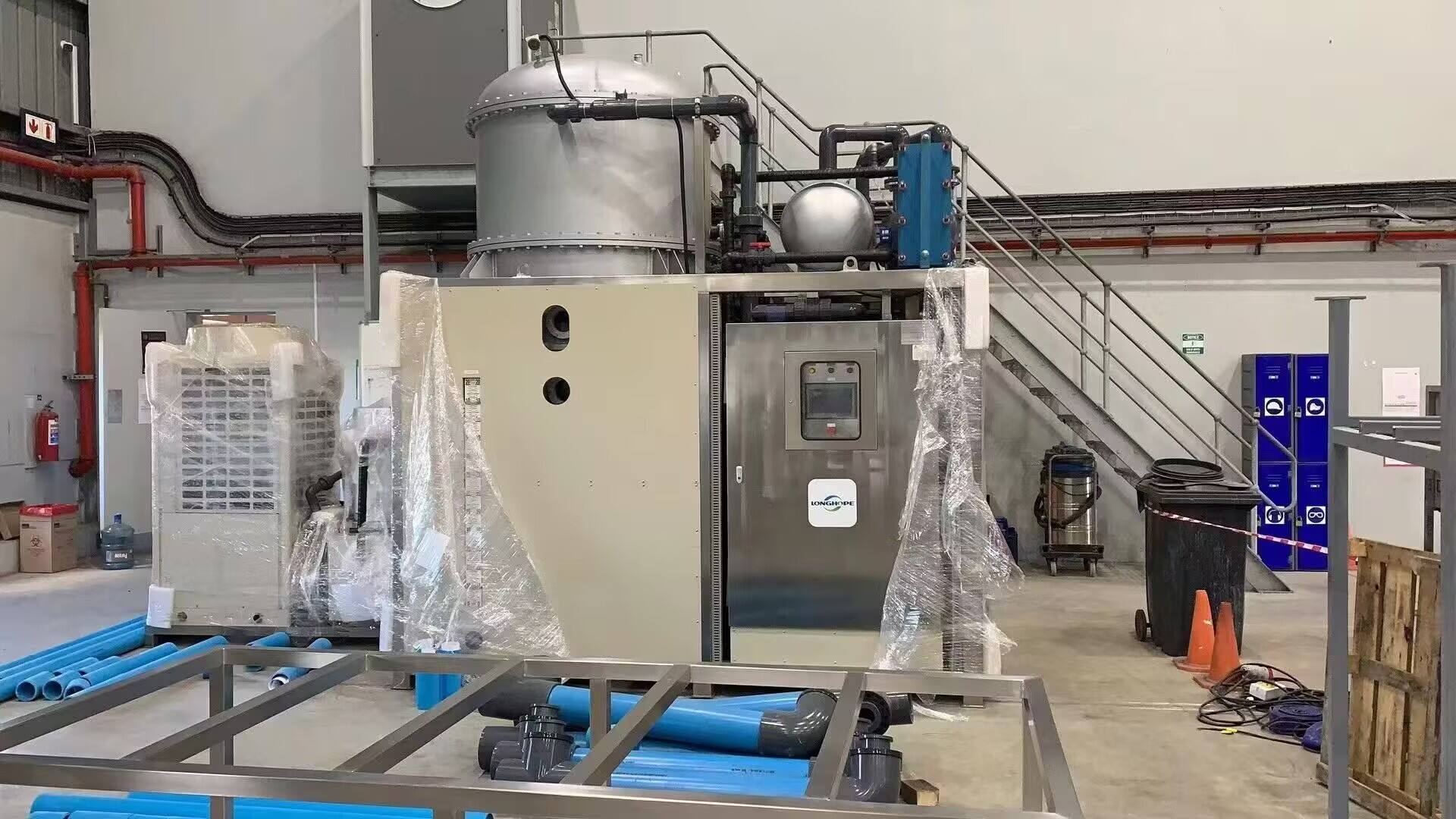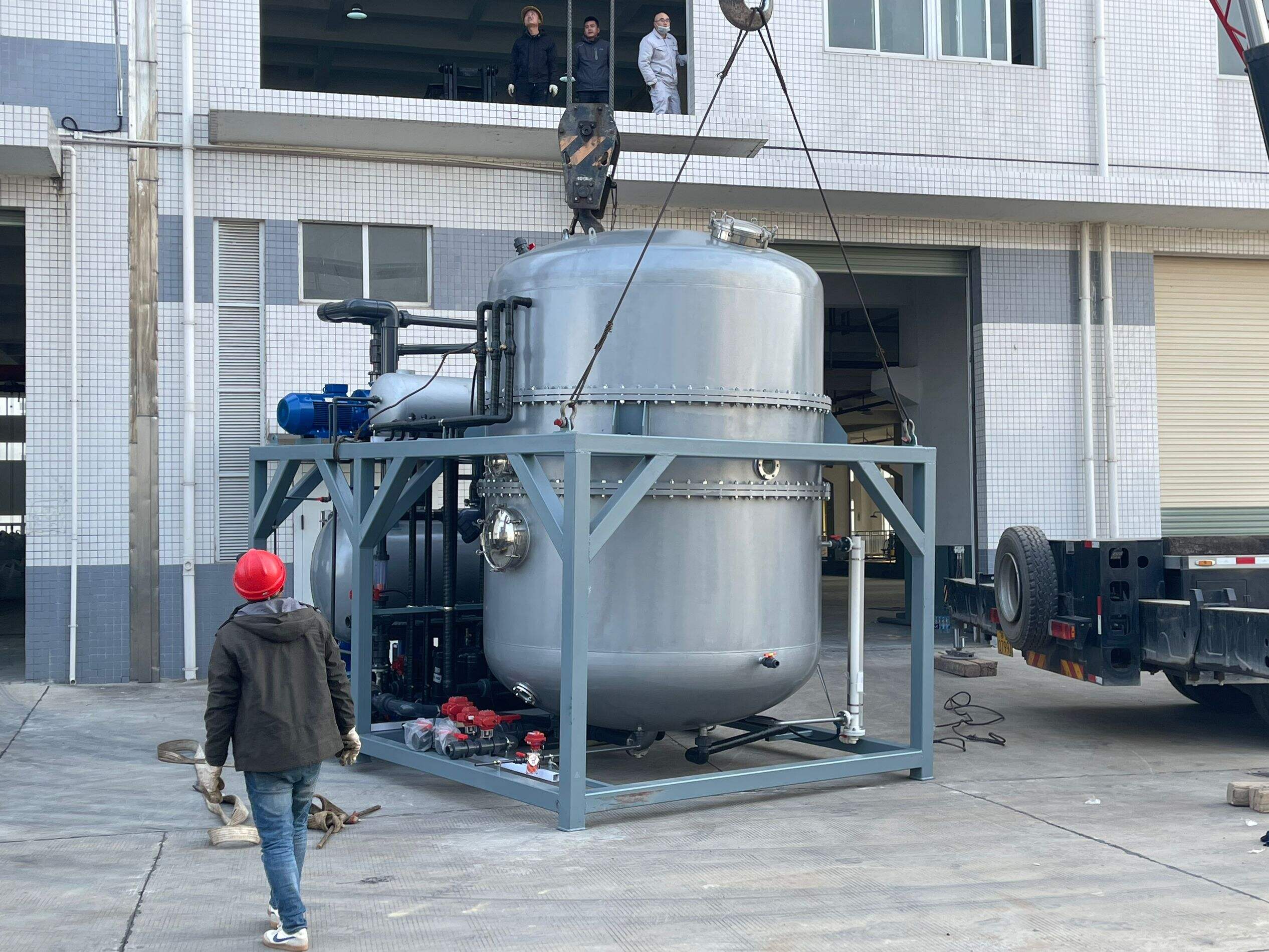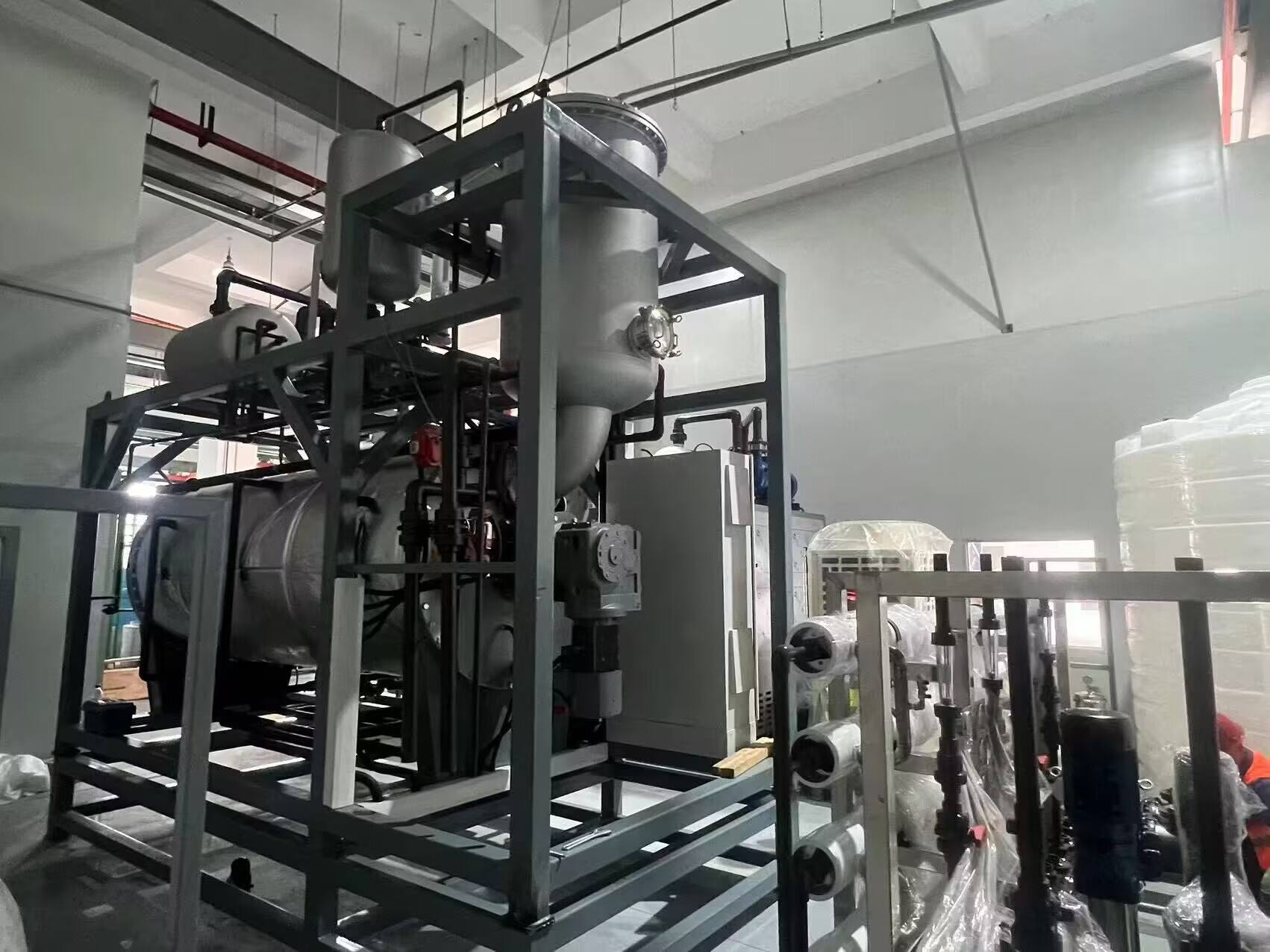low temperature heat pump evaporator
A low temperature heat pump evaporator is a crucial component in heat pump systems designed to operate efficiently in cold environments. This specialized heat exchanger extracts thermal energy from low temperature sources, typically ranging from -20°C to 10°C, and transfers it to the refrigerant flowing through the system. The evaporator employs advanced fin-and-tube design with optimized surface area to maximize heat transfer efficiency, even in challenging cold conditions. The device incorporates sophisticated defrost mechanisms to prevent ice buildup, ensuring continuous operation in low temperature environments. These evaporators feature carefully engineered refrigerant distribution systems that maintain optimal performance across the entire heat exchange surface. The technology utilizes enhanced tube surfaces and precise refrigerant flow control to achieve superior heat transfer coefficients. Applications span across various sectors, including industrial process cooling, commercial refrigeration, and residential heating systems operating in cold climates. The evaporator's design prioritizes energy efficiency while maintaining reliable performance in demanding conditions, making it essential for cold climate heat pump operations.


